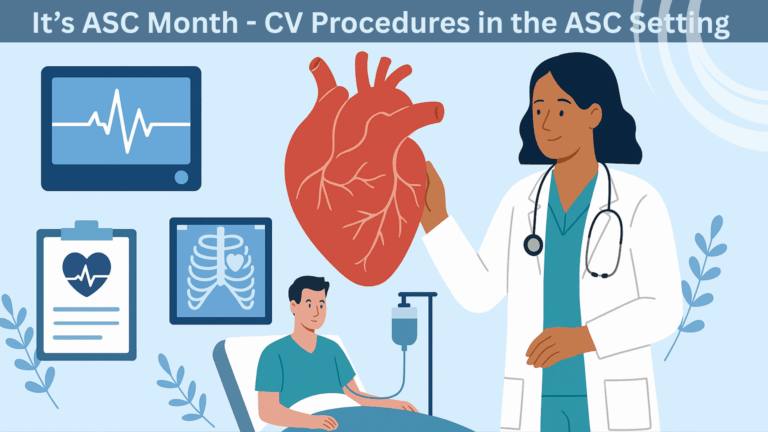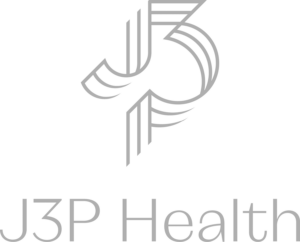Percutaneous coronary intervention (PCI) was first introduced in 1974 by pioneer Andreas Grüntzig and has evolved to include multiple devices in the treatment of complex coronary anatomy. The use of PCI has progressively grown over the past 30 years, mostly in part due to expanded indications, improved equipment, the continued evolution of coronary stents, along with steadily improving outcomes and safety. These technology and technique improvements, along with increased operator experience, have reduced the incidence of emergency CABG after PCI from a range of 6% to 10% to 0.1% to 0.3%, and data shows there is no significant difference in clinical outcomes following primary or elective PCI preformed at a facility without onsite cardiac surgical backup (Dehmer, et al, 2014).
If angioplasty is considered the ‘gold standard’ of care for patients with acute myocardial infarction (AMI), and research has shown no difference in mortality or a need for emergency CABG at sites without on-site surgery, why is it questioned as a stand-alone service? Why has it taken some states so long to allow this procedure?
The History: PCI without on-site surgical backup has been reported in literature as early as the 1990s (Pande, et all, 2015). But despite research that shows PCI performed without on-site cardiac surgery backup has a high success rate, a low in-hospital mortality rate, and a low rate of urgent cardiac surgery, the American College of Cardiology (ACC)/American Heart Association (AHA)/ Society for Cardiovascular Angiography and Interventions (SCA&I) upgraded guidelines in 2011 for elective PCI to Class IIb and primary PCI to Class IIa at facilities without on-site surgery. (The 2007 document stated elective procedures without on-site surgery were a Class III recommendation [it shouldn’t be done] and the use of primary PCI without on-site surgery was a Class IIb recommendation [may be considered but the benefits are not well established]).
Trials such as the Atlantic Cardiovascular Patient Outcomes Research Team Elective Angioplasty Study (C-PORT-E) study, which was completed in 2012, concluded that patients who had undergone procedures at participant hospitals posed no greater risk of death or complications than those who had procedures at a cardiac surgery center. As a result, after the conclusion of the study, many states changed their regulations to permit more non-surgery hospitals to perform PCI on an elective basis.
State of the Union: Since 2007, the number of facilities offering PCI without on-site surgery have increased and data has consistently shown that the lack of surgical backup on-site is not associated with an increase in mortality or an increase in emergency CABG surgery. In 2014, 45 states allowed elective PCI without on-site surgery, and 1 state prohibited PCI without on-site surgery (Dehmer, et all, 2014). And as of 2019, only two states, New Jersey and Mississippi, still required hospitals to have cardiac surgery licenses to perform elective angioplasties.
But progress is happening in NJ with newly-approved legislation. The regulation change was about 13 years in the making, but as of February 22, 2021, Assembly No. 1176 was approved by NJ Legislature and provides for updated regulations governing PCI with off-site cardiac surgery capabilities. This will allow for increased access to cardiovascular care across the state as there are currently seven counties that do not have any facilities licensed to perform elective angioplasties, and an additional six counties that contain only one authorized facility. The new bill will allow for the NJ DOH to license hospitals with the ability to offer full-service diagnostic cardiac catheterization, primary angioplasty, and elective angioplasty services without onsite cardiac surgery programs with the final regulations currently being reviewed by the Governor’s Counsel and the application process and final DOH language is forthcoming.
What’s Next: Heart disease remains the number one killer in the United States, but improved access to immediate life-saving procedures in more local settings is just one factor that has helped reduced the number of cardiovascular deaths (Pande, et al, 2015). Many of the concerns about safety have been resolved through the multiple studies throughout the years and that have concluded the performance of PCI at hospitals without backup cardiac surgery is feasible, safe, and both clinically and cost effective.
Now, as many NJ hospitals start to plan to advance their level of CV care, many topics should be considered, including how an unsupported PCI program will affect their cardiovascular program finances, operations, and patient reach. As the societal recommendations and guidelines for unsupported PCI programs have become uniform over time, hospitals must also consider how to structure the program to ensure sound operating procedures with robust quality standards in place.
The standard of care at an unsupported PCI program needs to be the same as a facility with onsite cardiac surgical support. Current best practices and professional societal recommendations and requirements should be considered when developing processes and protocols to ensure the standard of care is maintained. Another requirement is the need for a robust quality review program, for both the facility and the operators, in order for the program to produce equivalent outcomes as PCI programs with onsite surgery. A strong quality oversight program serves to maintain standards and may be considered for other programs, including the performance of PCI at ambulatory surgical centers in the near future.
The development of a high-quality unsupported PCI program is no easy task. Corazon recommends developing a CV expansion plan that includes creation or updates to forms, documents, policies, procedures, and protocols using current best practices and evidence-based guidelines. A successfully planned, well-managed, efficient PCI program can be profitable. Most importantly, it can provide the facility with an augmented net revenue, especially as the landscape for cardiac services continues to evolve, and as patients continue to age and require PCI at increasing rates across the country.
Download our webinar recording: “New Jersey Regulatory Changes: Understanding the Cardiovascular Impact” to learn more!
[ecwid_product id=”307187011″ display=”picture title price options addtobag” version=”2″ show_border=”1″ show_price_on_button=”1″ center_align=”1″]
Resources:
Gregory J. Dehmer, Elective PCI Without On-Site Cardiac Surgery: Standard of Care? October/November 2008. Accessed online on March 17, 2021 at: https://citoday.com/articles/2008-oct-nov/CIT1108_04-php
Tomonori Akasaka, Seiji Hokimoto, et al, Clinical outcomes of percutaneous coronary intervention for acute coronary syndrome between hospitals with and without onsite cardiac surgery backup; Journal of Cardiology, VOLUME 69, ISSUE 1, P103-109, JANUARY 01, 2017; DOI: https://doi.org/10.1016/j.jjcc.2016.01.012
Ashvin N. Pande, MD, Alice K. Jacobs, MD; Percutaneous Coronary Intervention Without Onsite Cardiac Surgery. JOURNAL OF THE AMERICAN COLLEGE OF CARDIOLOGY, VOL. 66, NO. 4, 2015
Afana M, Koenig GC, Seth M, Sukul D, Frazier KM, Fielding S, et al. (2020) Trends and outcomes of non-primary PCI at sites without cardiac surgery on-site: The early Michigan experience. PLoS ONE 15(8): e0238048. https://doi.org/10.1371/journal.pone.0238048
Dehmer G, et al “SCAI/ACC/AHA expert consensus document: 2014 update on percutaneous coronary intervention without on-site surgical backup” Catheter Cardiovasc Interv 2014; DOI: 10.1002/ccd.25371.

 company
company 
 (412) 364-8200
(412) 364-8200



























